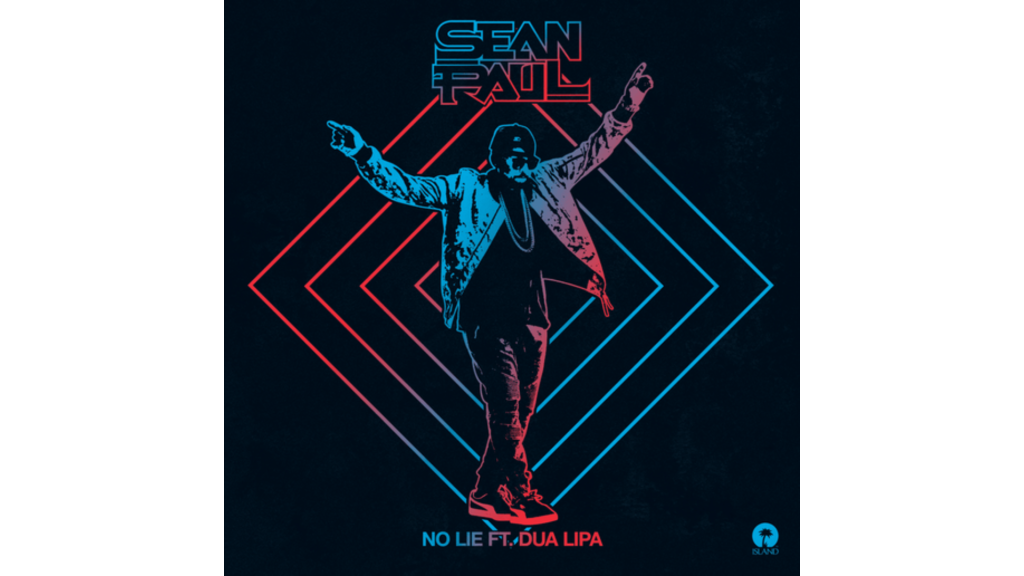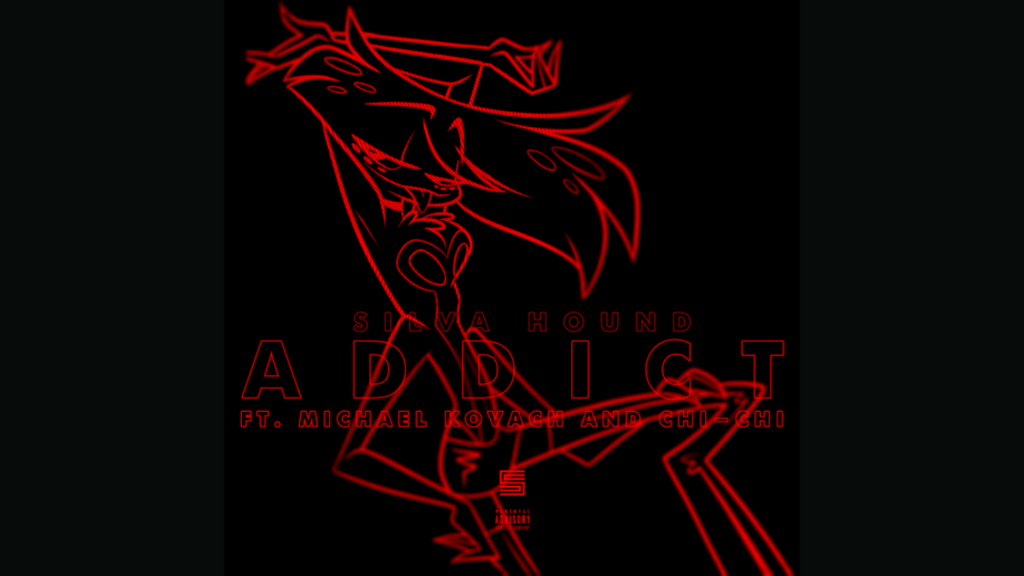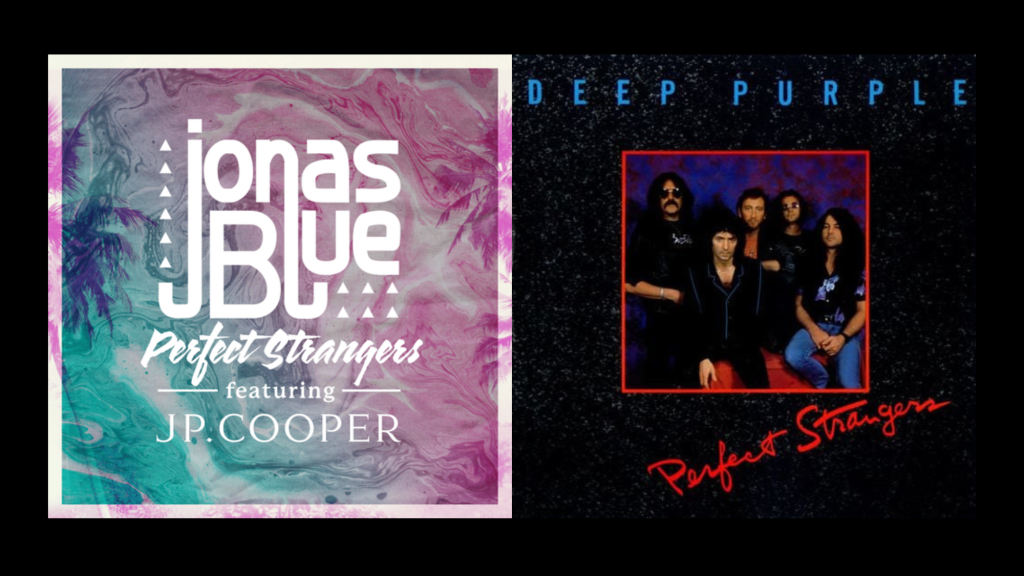Image source: Pexels
Setting goals can feel like staring up at a mountain without a map. The rush of ambition often crashes into a wall of “where do I even start?” Excitement fizzles out fast without a solid, grounded plan.
Mindfulness brings a much-needed pause to the noise. It creates space to explore what really feels meaningful, motivating, and worth pursuing. With that calm focus, goal setting starts to feel more intentional and aligned, not like something you’re sprinting through just to keep up.
In this piece, you’ll pick up straightforward strategies to turn lofty dreams into doable steps. Visual planning tools and mindful practices will show up along the way to help you stay organized, energized, and aligned with your creative spark.
Start With Clarity and Intention
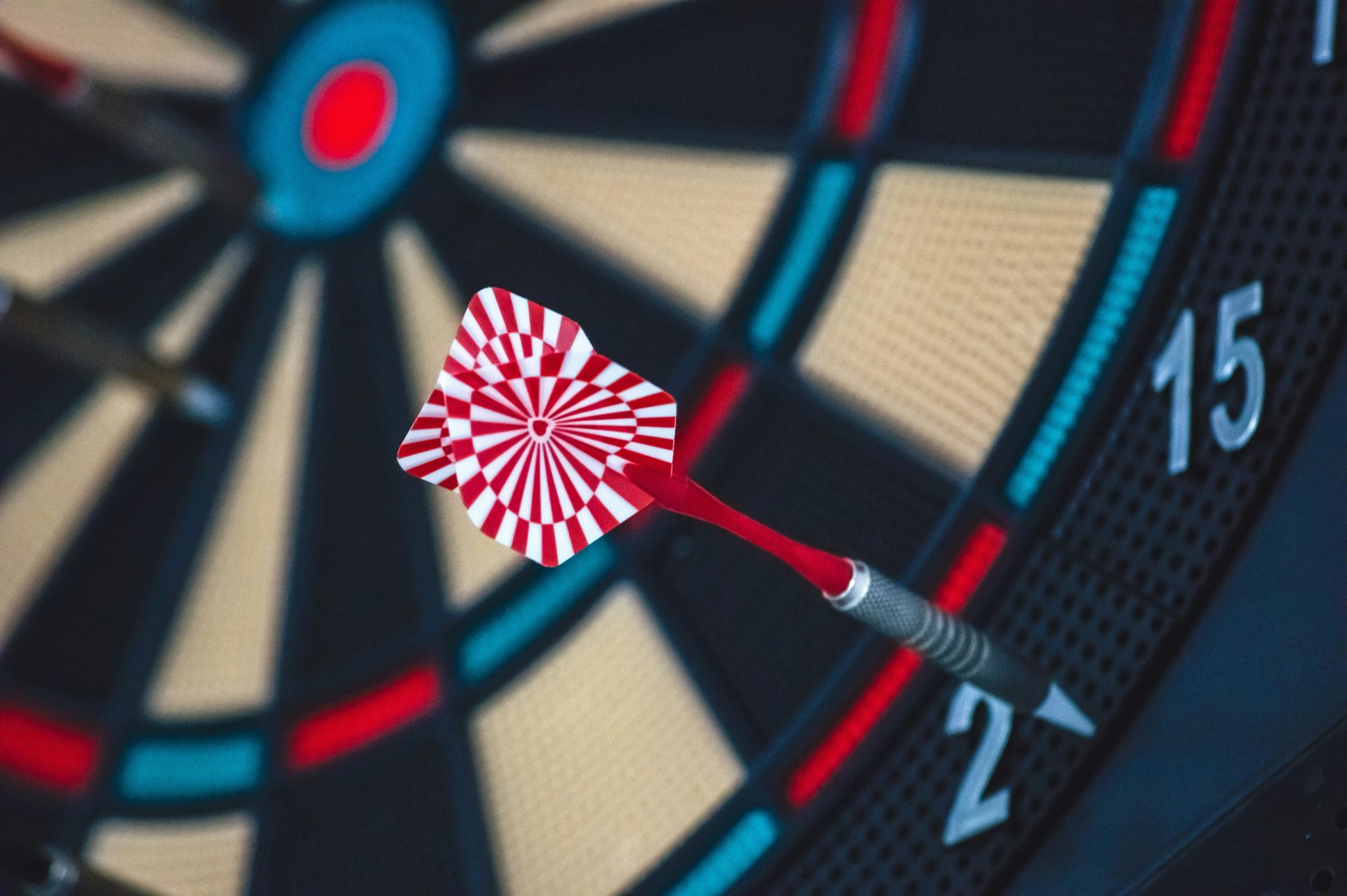
Real progress starts when you get honest about what you’re chasing. Goals that only look good on paper won’t hold up. The ones that actually matter are rooted in what you care about.
When your intentions reflect who you are, your choices come into focus. Ask yourself: Is this goal connected to what I genuinely care about? If the answer is yes, you’ll likely have an easier time sticking with it, even when things get tough.
Before writing anything down, take a short pause. Sit still for a moment, breathe deep, and picture yourself already living your dream. Notice what stands out. Use that vision to shape meaningful goals.
Break It Down To Build It Up
Big goals get a lot less intimidating when you chop them into pieces. Think mini-milestones, deadlines, and day-by-day wins. Taking it step by step keeps you moving without the overwhelm.
A flowchart maker is super helpful here. Instead of feeling like you’re juggling chaos, a visual map gives you something to follow. You can track the order of tasks, see how things connect, and shift your focus as needed.
Flowchart tools make it easy to sketch out a plan and tweak it as life changes. That clear visual not only helps you stay focused, but it also gives you something solid to return to when motivation starts to dip.
Tools To Stay Organized and On Track
You don’t need a complicated setup to stay on top of your goals. Focus on tools and services that make your life easier and organized. These will lighten the mental load so you can focus on progress instead of chasing reminders.
Task management tools help you stay on top of what needs to happen and when. If you’re balancing work, side projects, or creative gigs, keeping everything in one place can make a huge difference. Apps like Trello and Asana let you build lists, set deadlines, and break projects into bite-sized steps. Bonus: They also help prevent that nagging “I forgot something” feeling from creeping in.
Learning platforms are another go-to for growth. You can brush up on digital skills, explore a new hobby, or pick up something just for fun, all at your own pace. To get even sharper with your time, consider using time-tracking apps that reveal where your hours really go. These tools highlight patterns so you can adjust with more intention.
One trick that really works? Habit-stacking. Add a small, goal-related action onto something you already do. Maybe it’s checking in on your to-do list during breakfast or setting intentions during your walk. The more seamless it feels, the better it sticks.
Align Your Mind, Body, and Goals
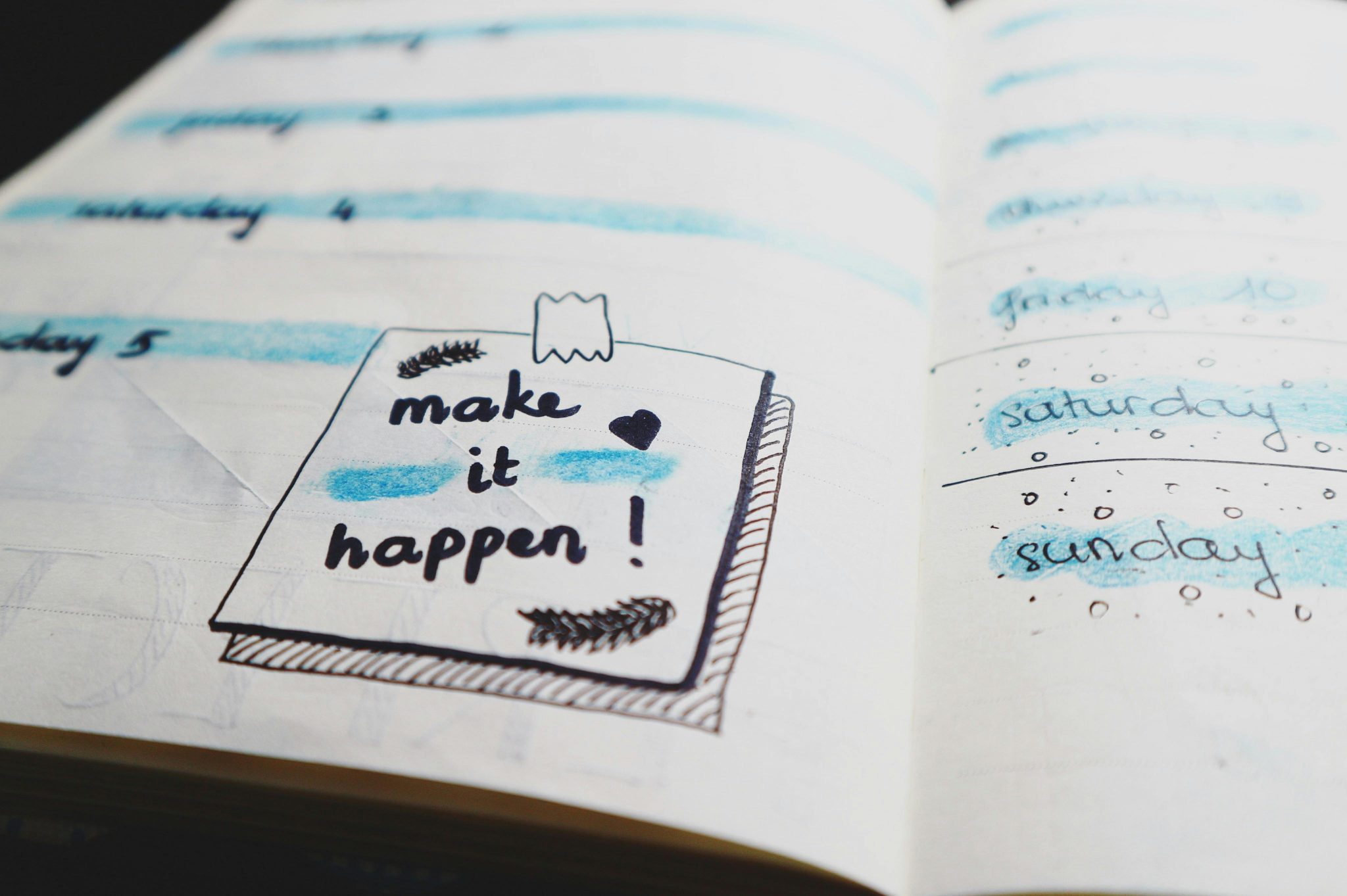
Pursuing big ideas takes energy, and burnout is real if you skip over your well-being. Staying in sync with your mental and physical health should be factored into the process. Rest and resilience go hand in hand.
Improving your overall health and well-being starts with building in moments that give back to you. Regular movement and nutrition are two underrated superpowers when you’re working toward something big. A consistent fitness routine, whether it’s a gym workout or a bike ride, helps clear mental fog and boost resilience. Pair that with meals built around whole foods like leafy greens, grains, and healthy proteins, and you’re fueling a body that can keep showing up, even when motivation dips.
Equally important is caring for your mental space. Stress reduction keeps your focus sharp and your emotions in check. Mindfulness practices like journaling, meditation, or quiet reflection can help you manage emotional overload and stay grounded. Even something as simple as stepping outside for fresh air or taking time to do something you love can reset your energy and bring clarity to what matters most.
Keeping your mind and body in balance helps you show up with focus, patience, and creativity. When you’re feeling good, you’re better prepared to meet challenges without crashing.
Conclusion
Mindful goal setting is all about slowing down and tuning in. When your plans reflect your values, when your steps are clear, and when your energy is protected, you’ve got a formula that works.
Start where you are. Keep it real. Dream wild and build a plan that brings it to life.






